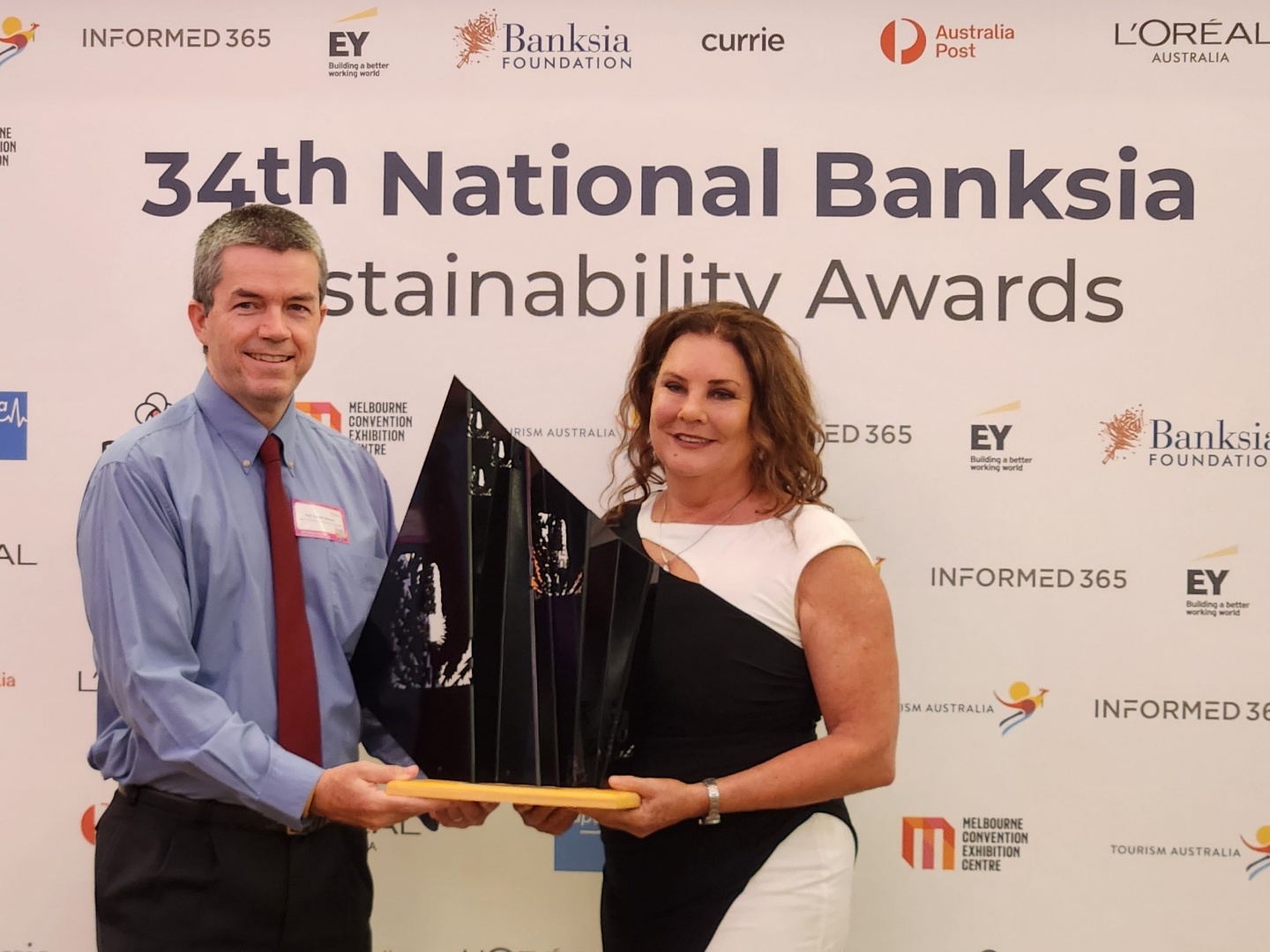As yellow crazy ants invade habitat across Queensland, James Cook University researchers have developed a world-first environmental DNA (eDNA) method that can detect infestations of the highly invasive species.
The breakthrough research is the first time scientists have successfully isolated the genetic material of terrestrial invertebrates in waterways.
Lead author, JCU’s Dr Cecilia Villacorta-Rath, said devising a method to detect yellow crazy ants using eDNA was a challenging puzzle.
“eDNA methods work by detecting a species’ genetic material that’s left behind in the environment – but extracting genetic material for non-aquatic species is difficult because you can’t reliably detect the species in the soil,” she said.
“We knew the invasive ant often colonise creek banks, and we knew high amounts of genetic material surrounded these nests, like decomposing ants and larvae. What we didn’t know was how much of their genetic material would make it into waterways.
“This led us to not only develop eDNA methods capable of detecting the ants’ genetic material in the water, but also to detect their presence even when the infestation was 300 metres away from the creek edge”.
Dr Villacorta-Rath said the technology could give management authorities another tool to pinpoint locations of infestations before they become uncontrollable.
“Water samples can potentially tell us whether the ants are present in an entire small stream catchment, meaning we can effectively survey large areas for their presence.”
Yellow crazy ants are considered one of the world’s most invasive species, with outbreaks found in Queensland, and more broadly in Australia and the Indo-Pacific. Left untreated, the acid-spraying ants can increase in density to resemble a moving carpet consisting of millions of workers.
Co-author and Associate Professor Lori Lach said the eDNA technology could help with early detection or tracking the progress of eradication programs.
The big problem with controlling invasive species, like yellow crazy ants, is finding them before they settle into new areas,” she said.
“Detecting infestations early on will reduce threats to native ants, lizards, birds, and other fauna. Human health and agriculture can also be affected if infestations are not detected and treated early.”
JCU’s TropWATER Centre Director and co-author, Professor Damien Burrows, said eDNA analysis was known for monitoring aquatic systems, but terrestrial monitoring was less explored.
“Our research is critical on several fronts. Not only have we found a method to target one of the most invasive species, but we’re also paving the way to fast-track detection of other land-based species,” he said.
“Australia has some of the most biodiverse habitats in the world, which makes biosecurity measures incredibly important in protecting our environment.
“The developments our team is making in eDNA technology have significant benefits for invasive species eradication and detection programs.”
eDNA detection provides another method to detect invasive yellow crazy ants alongside existing methods including luring, trapping, detection dogs, or sightings.
This project is jointly funded through the Australian Government’s National Environmental Science Program through the Northern Australia Environmental Resources Hub and the Established Pest Animals and Weeds Management Pipeline Program – Advancing Pest Animal and Weed Control Solutions.
The Australian Government is committed to the fight against Yellow Crazy Ants and has pledged $24.8 million to address the highly invasive species across Queensland.
This funding is supporting the Queensland Government through the Wet Tropics Management Authority’s Yellow Crazy Ant Eradication Program, as well as through direct funding for eradication efforts in the Townsville Region.
Invasive terrestrial invertebrate detection in water and soil using a targeted eDNA approach, was published in the journal NeoBiota and is freely available here.

